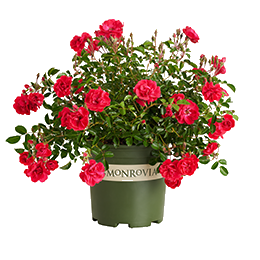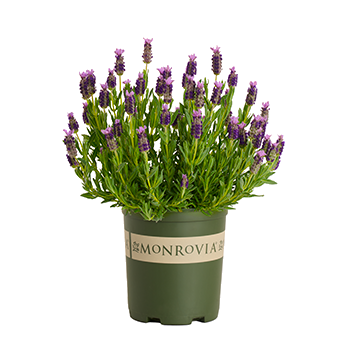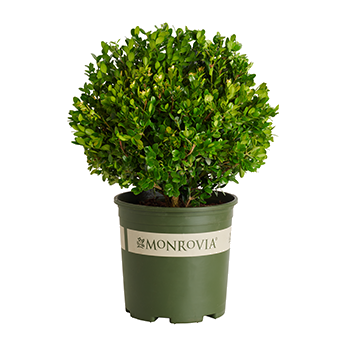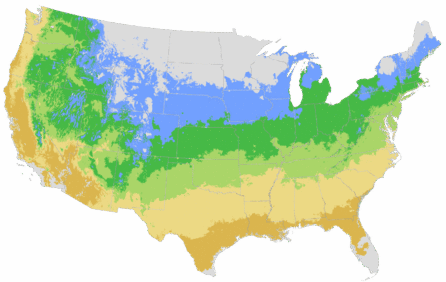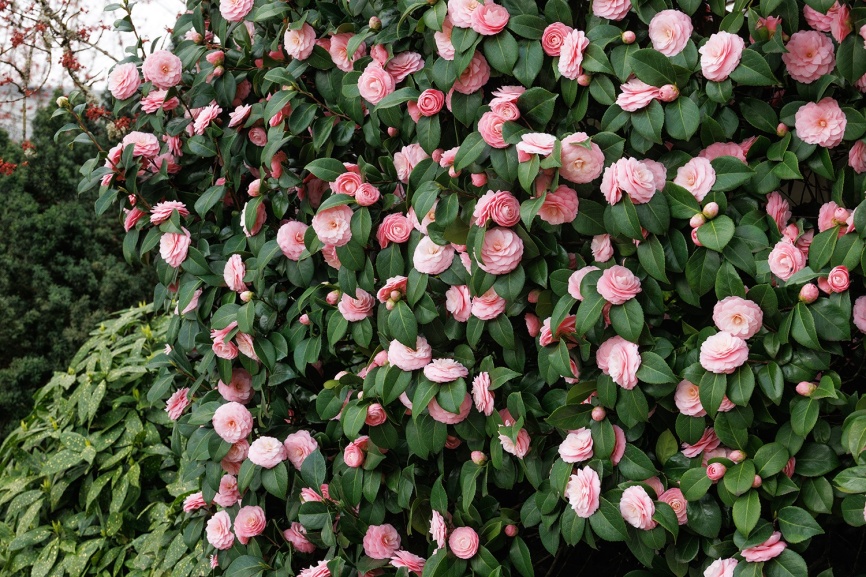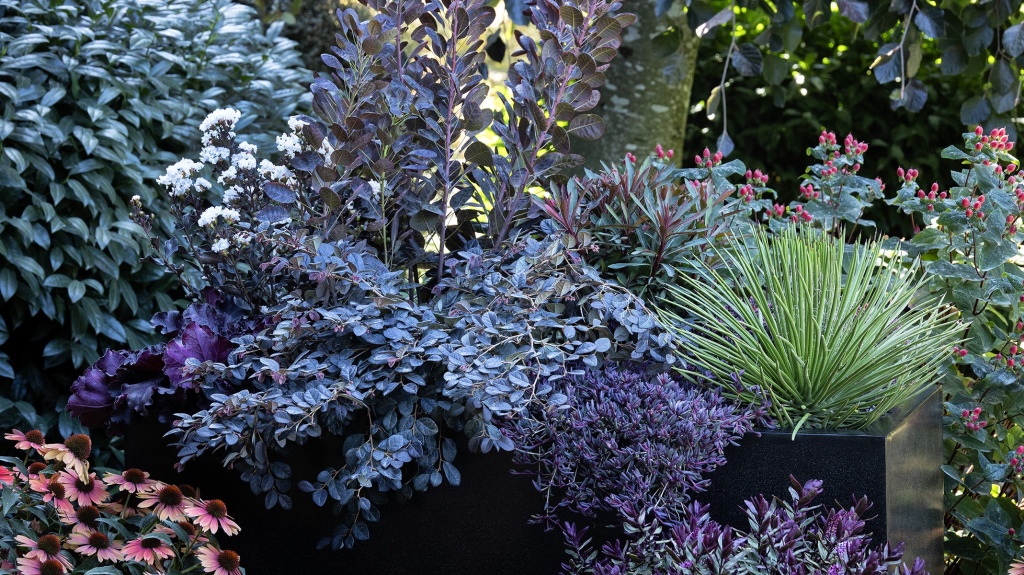You're growing in this Zip Code:
Change LocationDiscover Plants for Your Area
Anna Apple
Malus domestica 'Anna'
Retailers Near You
| Description | Especially suited to warm winter gardens! Produces large, crisp apples with light green-yellow skin and a slight red blush. Sweet, slightly tart flesh is perfect for fresh eating, cooking and baking. Produces at an early age. Self-fertile, however a pollenizer such as Dorsett Golden will increase production. Recommended chill: 200-300 hours. Deciduous. |
|---|---|
| Bloom Time | Spring |
| Deciduous/Evergreen | Deciduous |
| Special Features | Fall Color, Low Chill Requirement, Showy Fruit, Edible, Attracts Pollinators, Benefits Birds |
| Growth Rate | Moderate |
| Flower Attributes | Showy Flowers |
| Landscape Use | Container, Espalier |
| Flower Color | White |
| Foliage Color | Green |
| Foliage Fall Color | Yellow |
| Companion Plants | Rosemary (Rosmarinus); Lavender (Lavandula); Yarrow (Achillea); Russian Sage (Perovskia); Salvia (Salvia) |
| Care Instructions | Provide enriched, well-drained soil. Water deeply, regularly during first few growing seasons to develop an extensive root system; once established, reduce frequency. Apply fertilizer in early spring. Prune as needed to remove dead wood and to maintain desired size and shape. Thin heavy crops in late spring to prevent damage from overbearing. |
| Lore | Anna is the first true truly low-chill apple. Developed in Israel, Anna was chosen from crosses of American and Arab varieties, and selected specifically for its ability to produce a good crop even in mild winter climates, due to its remarkably low chill requirement, |
| Description | Especially suited to warm winter gardens! Produces large, crisp apples with light green-yellow skin and a slight red blush. Sweet, slightly tart flesh is perfect for fresh eating, cooking and baking. Produces at an early age. Self-fertile, however a pollenizer such as Dorsett Golden will increase production. Recommended chill: 200-300 hours. Deciduous. |
|---|---|
| Bloom Time | Spring |
| Deciduous/Evergreen | Deciduous |
| Special Features | Fall Color, Low Chill Requirement, Showy Fruit, Edible, Attracts Pollinators, Benefits Birds |
| Growth Rate | Moderate |
| Flower Attributes | Showy Flowers |
| Landscape Use | Container, Espalier |
|---|---|
| Flower Color | White |
| Foliage Color | Green |
| Foliage Fall Color | Yellow |
| Companion Plants | Rosemary (Rosmarinus); Lavender (Lavandula); Yarrow (Achillea); Russian Sage (Perovskia); Salvia (Salvia) |
| Care Instructions | Provide enriched, well-drained soil. Water deeply, regularly during first few growing seasons to develop an extensive root system; once established, reduce frequency. Apply fertilizer in early spring. Prune as needed to remove dead wood and to maintain desired size and shape. Thin heavy crops in late spring to prevent damage from overbearing. |
|---|
| Lore | Anna is the first true truly low-chill apple. Developed in Israel, Anna was chosen from crosses of American and Arab varieties, and selected specifically for its ability to produce a good crop even in mild winter climates, due to its remarkably low chill requirement, |
|---|
Retailers Near You
About Us
We have been pioneers and craftsmen in the art of growing plants for nearly
100 years. Since our founding in Southern California by Harry E. Rosedale, Sr.
in 1926, we have been absolutely dedicated and obsessed with quality.
We have been pioneers and craftsmen in the art of growing plants for nearly 100 years. Since our founding in Southern California by Harry E. Rosedale, Sr. in 1926, we have been absolutely dedicated and obsessed with quality.
